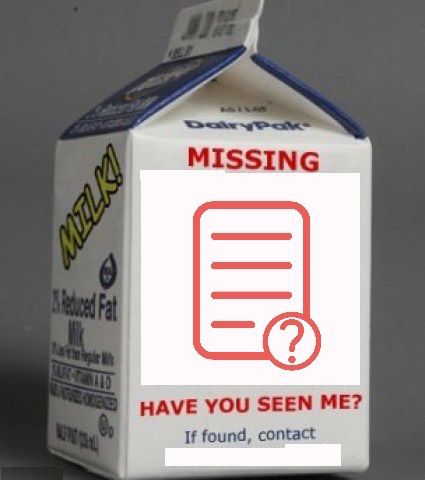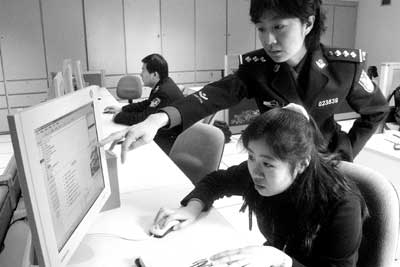What your conference evaluations are missing

During a recent call, a client shared their conference evaluation summaries that rated individual sessions and the overall conference experience.
This particular annual conference uses a peer conference format every few years. The client finds the Conferences That Work design introduces attendees to a wider set of peer resources and conversations at the event. This year, The Solution Room, was a highly rated session for building connections and getting useful, confidential peer consulting on individual challenges.
As the client and I talked, we realized that the evaluations had missed an important component. We were trying to decide how frequently the organization should alternate a peer conference format with more traditional approaches. However, we had no attendee feedback on how participants viewed the effectiveness of the annual event for some key performance indicators (KPIs):
- making useful new connections;
- building relationships;
- getting current professional wants and needs met; and
- building community.
Rating your KPIs
Adding ratings of these KPIs to conference evaluations provides useful information about how well each event performs in these areas. Over time, conveners will see if/how peer conference formats improve these metrics. I also suggested that we include Net Promoter Scores in future evaluations.
The client quickly decided to include these ratings in future conference evaluations. As a result, our retrospective call helped us to improve how participants evaluate his events. This will provide data that will allow more informed decisions about future conference design decisions.
Do your evaluations allow attendees to rate the connection and just-in-time learning effectiveness of your meeting? Do they rate how well your meeting met current professional wants and needs? If not, consider adding these kinds of questions to all your evaluations. Over time you’ll obtain data on the meeting designs and formats that serve your participants best.

